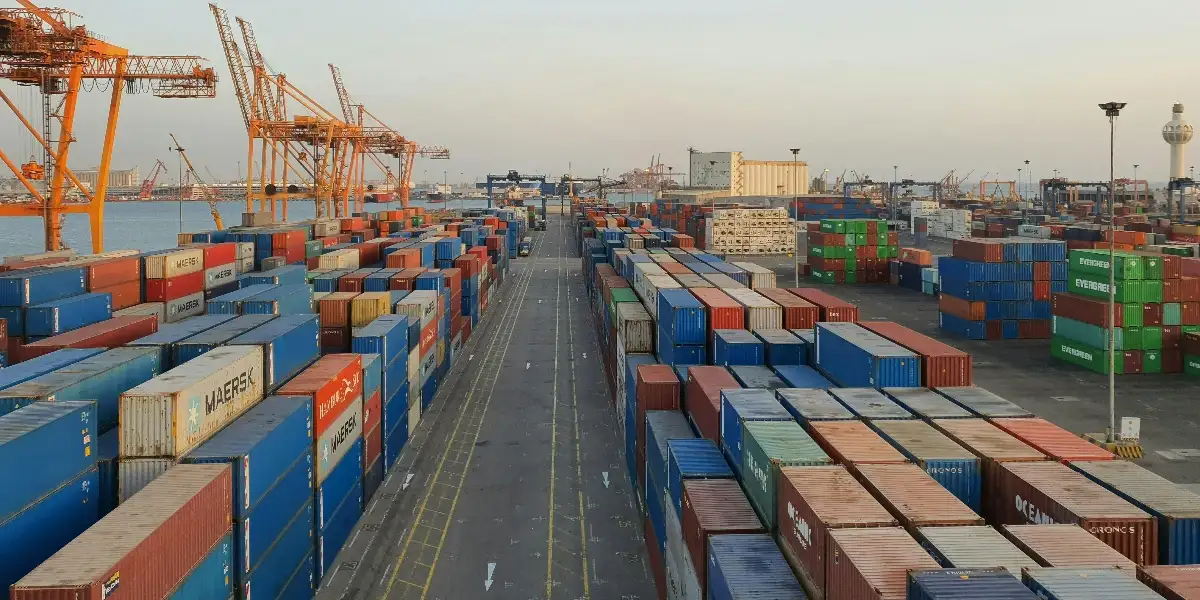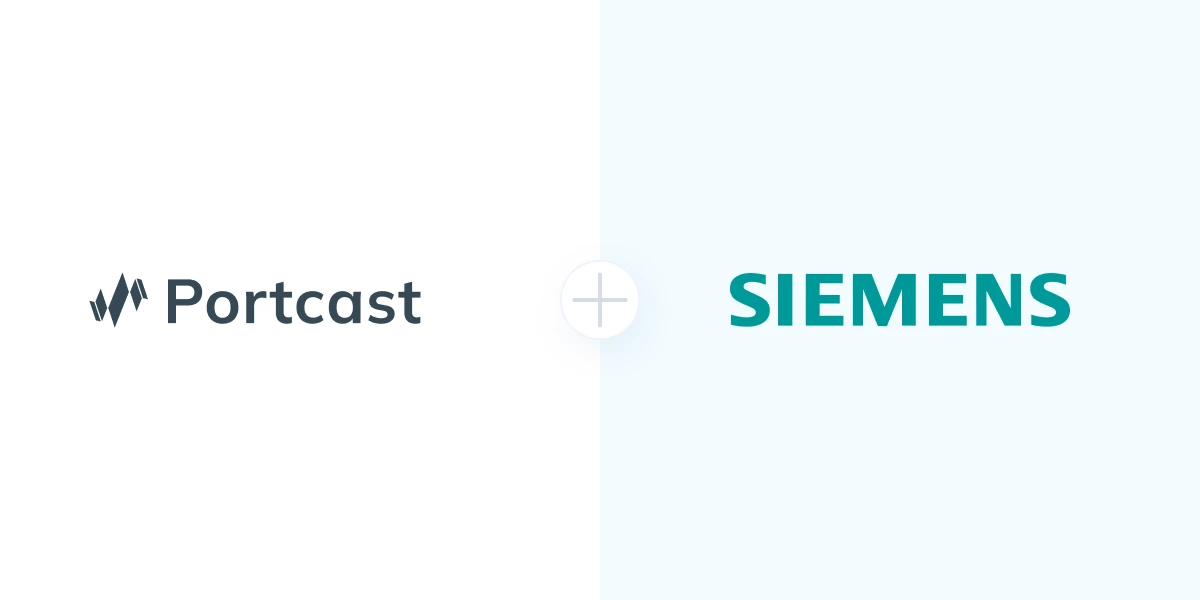Breakbulk
Breakbulk refers to the transportation of goods that are not containerized, typically loaded individually or on pallets, often requiring special handling and stowage.
Breakbulk, short for "break bulk cargo," refers to goods or commodities that are individually loaded, handled, and shipped rather than being containerized. Unlike containerized cargo, breakbulk cargo is typically loaded onto a vessel piece by piece, often secured on pallets, in crates, barrels, or other non-containerized methods. Breakbulk shipping is common for oversized or heavy items, irregularly shaped cargo, or goods that require special handling.
Breakbulk cargo represents a traditional method of shipping that predates containerization. Breakbulk shipments are common for a variety of reasons, such as the nature of the cargo, the lack of containerization infrastructure at certain ports, or the need for specialized handling.
Examples of breakbulk cargo include large machinery, construction materials, steel coils, timber, and other commodities that may not fit efficiently into standard shipping containers. Breakbulk shipping often requires specialized equipment, such as cranes and forklifts, for loading and unloading at ports.
While containerization has become the dominant mode of shipping due to its efficiency and cost-effectiveness, breakbulk shipping remains crucial for certain types of cargo that do not conform to standard container dimensions.
Examples of Breakbulk Cargo
- Heavy Machinery: Industrial equipment, construction machinery, and oversized machinery parts.
- Steel and Metal Products: Steel coils, pipes, and metal structures that may not fit efficiently into standard containers.
- Timber and Lumber: Large logs, timber, or wooden products that are irregularly shaped or too large for containerization.
- Project Cargo: Specialized project cargo for large-scale construction projects, such as components for bridges or power plants.
- Vehicles: Oversized vehicles, such as buses, tractors, or industrial vehicles, that cannot be containerized.
- Yachts and Boats: Large boats, yachts, or other watercraft that require individual handling and stowing.
- Agricultural Machinery: Farming equipment, irrigation systems, or agricultural machinery that may be oversized or have irregular shapes.
- Wind Turbine Components: Parts of wind turbines, such as blades, towers, and nacelles, which are often too large for standard containers.
- Large Drums and Barrels: Chemicals, liquids, or other goods stored in large drums or barrels that are individually handled.
- Generators and Transformers: Heavy electrical equipment, generators, transformers, and power plant components.
Breakbulk cargo is carefully secured and stowed on vessels, and each piece is tracked individually. This method allows for flexibility in accommodating diverse cargo types, making it a preferred choice for industries requiring tailored shipping solutions.







